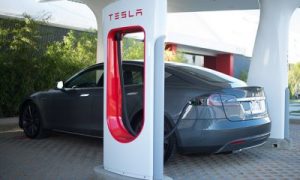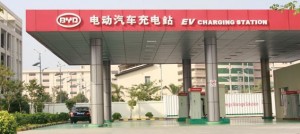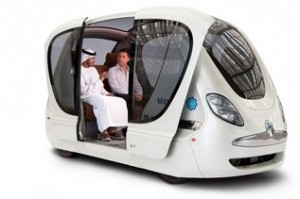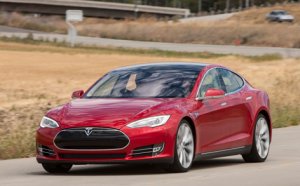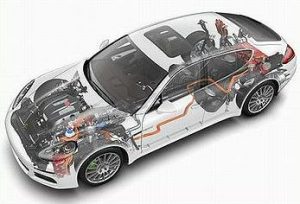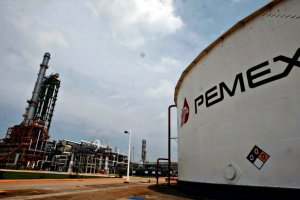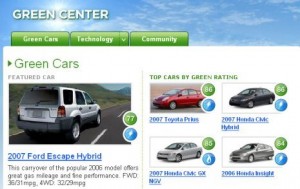 Electric vehicles, hybrids, and small, fuel efficient vehicles are having a tough time on the used vehicle market lately. Black Book’s Ricky Beggs and Kelley Blue Book forecast downward pricing. Wearing my hat as editor of Used Car Market Reports, I would say it’s not something to be alarmed over, but it is important to stay current and study the options.
Electric vehicles, hybrids, and small, fuel efficient vehicles are having a tough time on the used vehicle market lately. Black Book’s Ricky Beggs and Kelley Blue Book forecast downward pricing. Wearing my hat as editor of Used Car Market Reports, I would say it’s not something to be alarmed over, but it is important to stay current and study the options.
Here’s the latest:
- I interviewed Ricky Beggs last week on Black Book’s 2014 used vehicle market forecast. He said that entry-level cars, hybrids, and EVs will continue to soften in used vehicle prices this year. The 54.5 mpg by 2025 federal fuel economy standard is playing into it – there’s a lot more automakers competing in these segments now and the market is still sorting it out.
- Gasoline prices are the main drag on their resale values, Beggs said. While gas prices have gone up a bit lately, he thinks it will be much like the past two years. We’ve been seeing an increase in gas prices since mid-December and that should continue through mid-February; but gas prices will likely drop beyond that point. Beggs expects to see a high in the national average somewhere in the $3.75 to $3.85 range; it averaged $3.49 overall last year. It would need to go up quite a bit for that to be felt in strong used prices for fuel efficient, green cars.
- As for this year, three leading energy agencies have reported that oil production outside of OPEC countries should be increasing this year – with much of that coming from US shale fields. That’s one of the reasons gasoline and diesel prices are expected to stay about where they are now by energy analysts.
- Kelley Blue Book (KBB) thinks electric vehicles are going to see big drops in used vehicle values after five years of ownership. The Ford Focus Electric could take a nosedive – dropping down to $7,200 from a starting price at nearly $36,000. The new Chevy Spark EV is also expected to get hit hard – retaining only 28% of its value and coming in at under $8,000 after selling for $28,305. The Nissan Leaf could be the loss leader after five years, seeing only 15% retained value at just under $5,355.
- Keep in mind that these value forecasts don’t factor in federal tax credits, usually at $7,500 for these models being analyzed. Regional and state incentives also come into the equations. Buyers saving around $10,000 off the sticker price would soften the value retention’s downward spiral, but the price drop is still there.
My thoughts on the situation:
- Watch what the OEMs are doing. The used vehicle remarketing process has changed quite a bit in recent years. During the past four years, there’s been a lot more discipline in the market with OEMs, captive finance divisions, and dealer networks reducing incentive offerings and avoiding dumping low-sales volume vehicles into fleets. It will be very interesting to watch what Toyota, GM, Ford, Nissan, Honda, and BMW do to respond to EV and hybrid resale value loss.
- Plug-hybrids are doing better in the KBB forecast. They have a much better chance of retaining more of their value. The Tesla Model S is also looking good since Tesla is building its leasing deals on high forecasted prices. That makes them more affordable for consumers and Tesla is taking more of the risk of absorbing any losses.
- OEMs, dealers, and remarketers should emphasize the lifecycle costs of these vehicles. A lot of fleets are acquiring more of these vehicles because of their total cost of ownership – the fuel cost per mile is much lower and there’s less to spend on maintenance for an EV, and many times for a hybrid, than for an internal combustion engine vehicle. The soft resale value forecasts will hurt, but the other cost saving factors could salve the wound a bit.
- Some of the tried and true marketing methods could help. When you think of TV commercials and other marketing methods in the past few years (such as for Nissan Leaf and Chevy Volt ads), there’s always been messaging around a few themes – air pollution, carbon emissions, fuel prices, and freedom from oil addiction and the power of foreign oil markets. Gasoline prices made for the most convincing argument after the staggering price spike of 2008; but that was nearly six years ago and gasoline prices look like they’ll be staying under $4 a gallon for a while longer. Resale values will take a while to improve. Focusing on other themes besides gas prices and resale values would be a good idea for now.
- There’s also the fascination a lot of people have with cool new technologies on the market and how they work. That’s always part of the EV marketing campaigns out there from Nissan, Tesla, BMW, Toyota, GM, and Ford. The autonomous, driverless car projects make for a good example. Google chose the Toyota Prius for its initial driverless test car and Nissan has gone with its all-electric Leaf. Focusing on the cool technology theme could help offset declining used vehicle values.
- Improving the brand image might not bring the resale values back right away. Emphasizing the green benefits and the fun of driving these new technologies won’t stop a price plunge for used vehicles in the short term. Some of that will have to be addressed through bringing the production costs and lithium battery costs down in scale to be more cost competitive on the market; and eventually creating accurate alignment with supply and demand. It’s still very early in the lifecycle process of these vehicles – especially EVs – on the market to gain a realistic analysis of precisely how many should be built and delivered to dealers.


